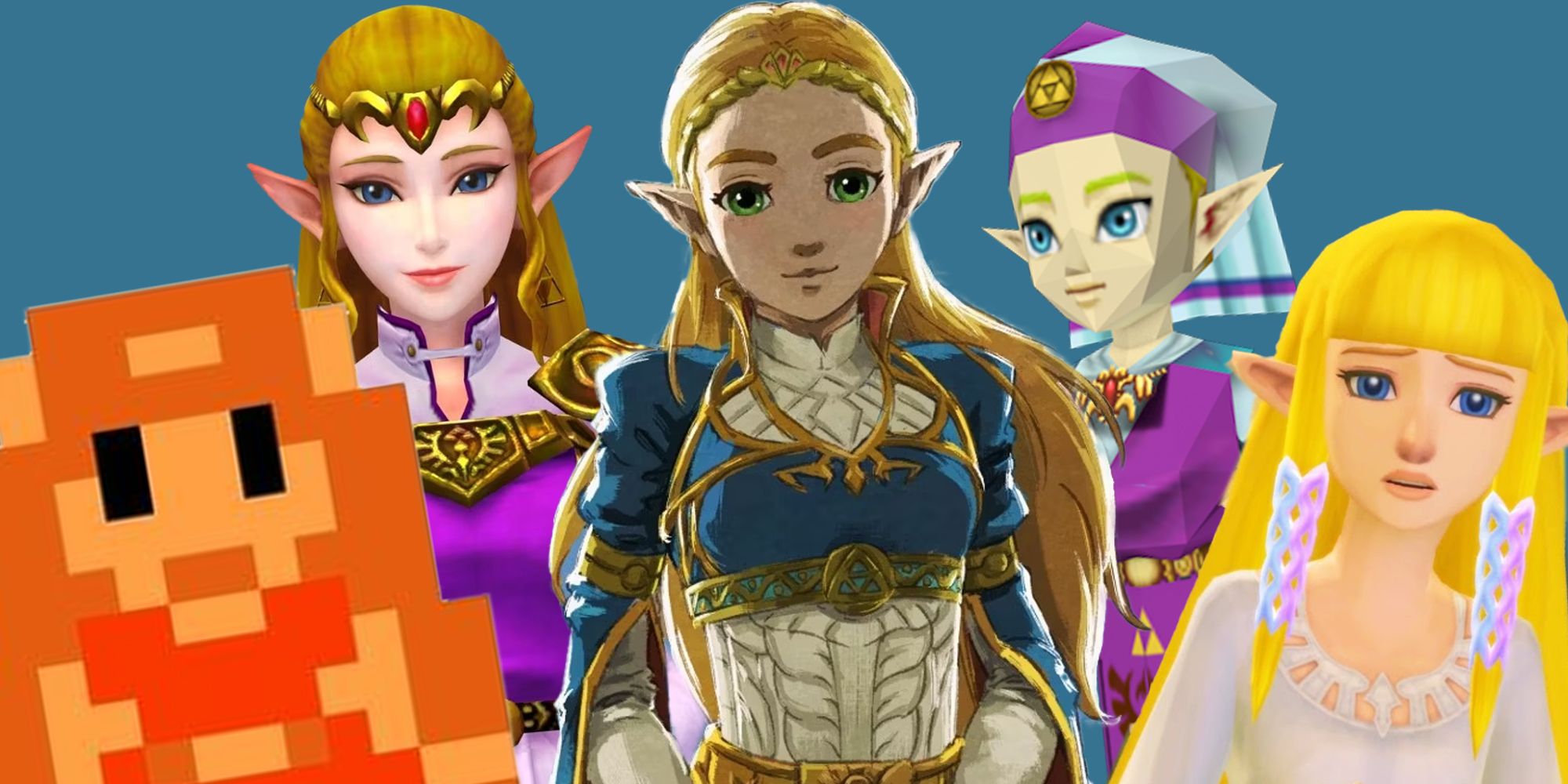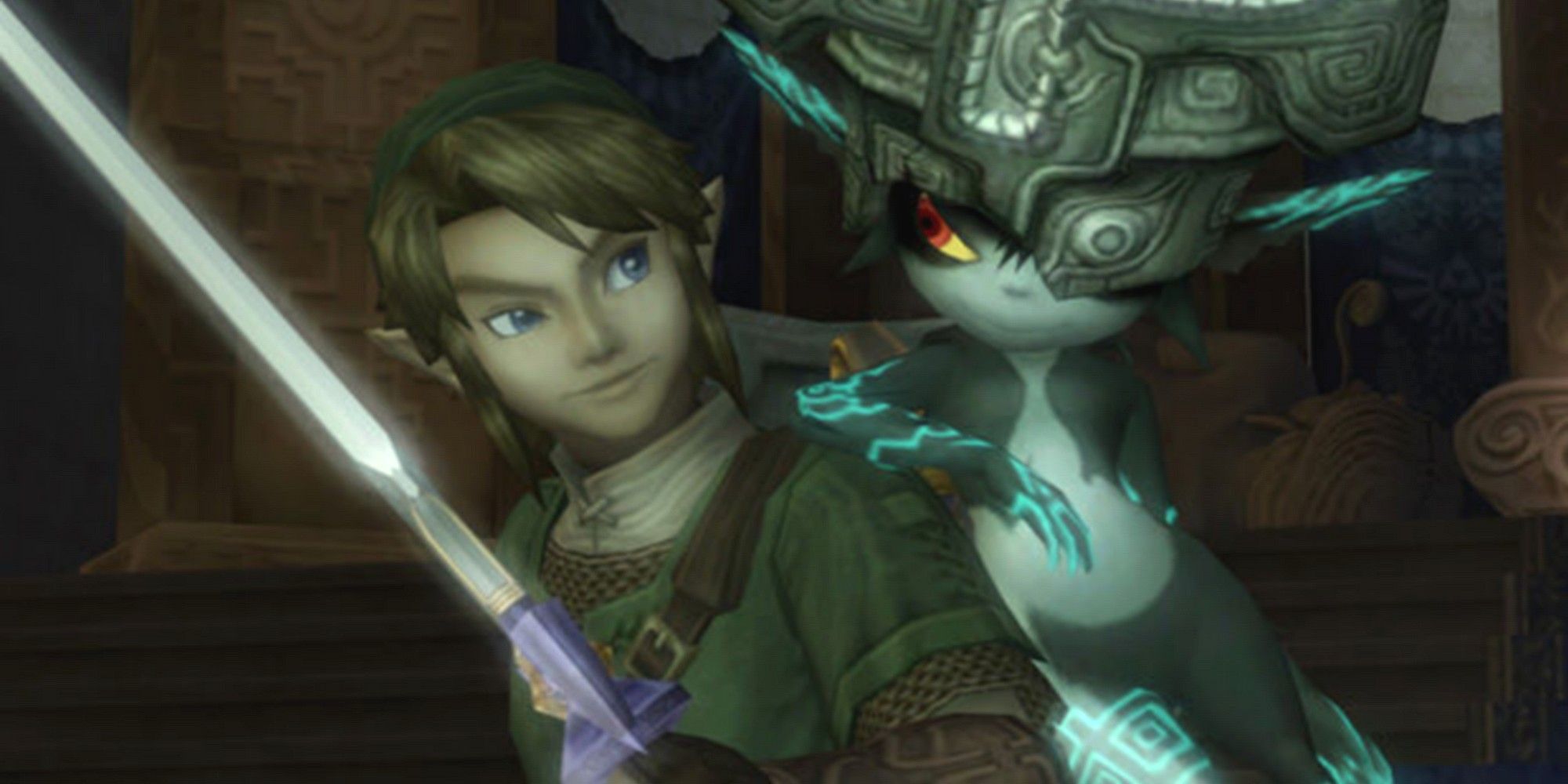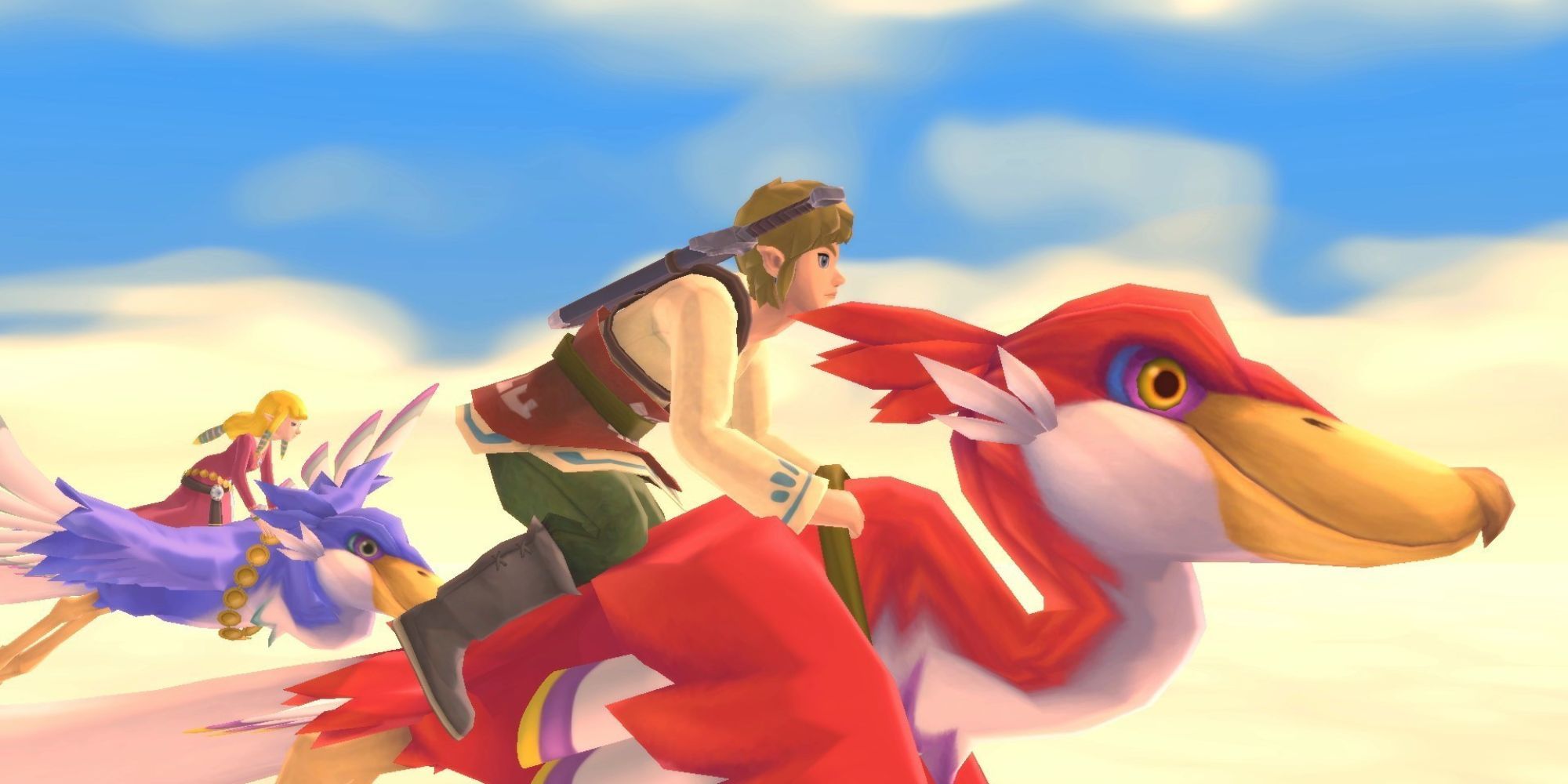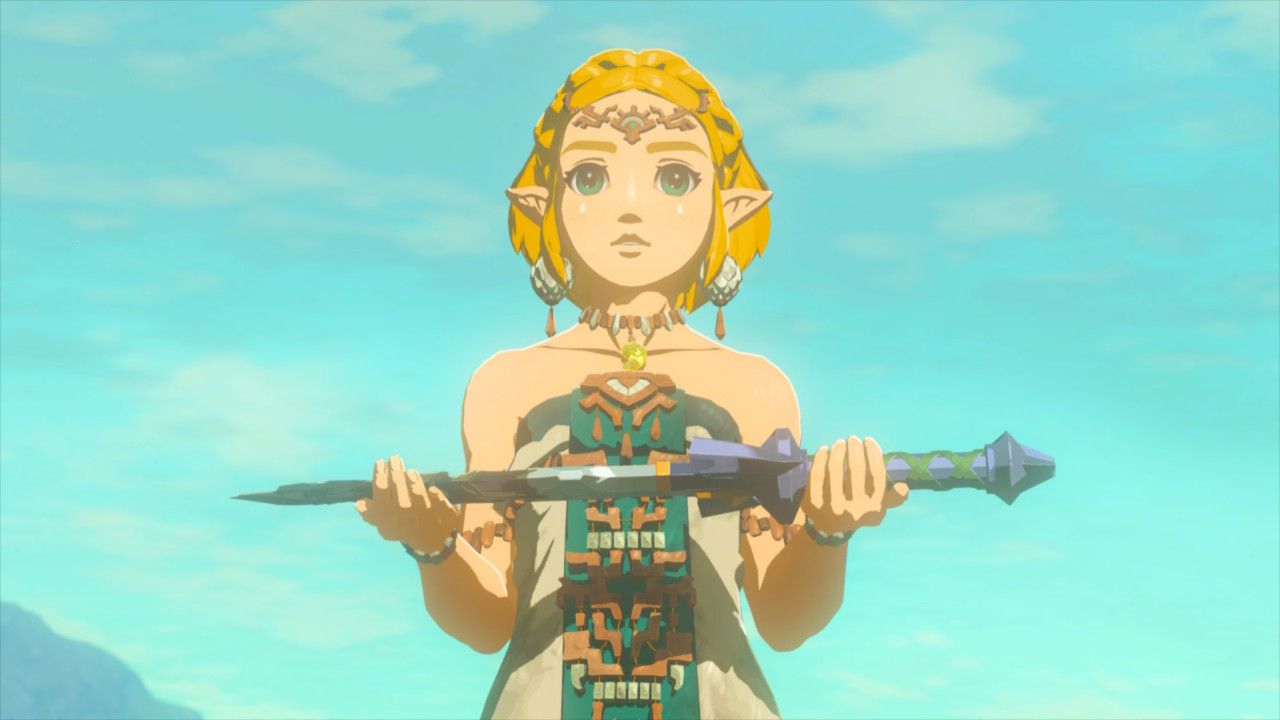Ever since The Legend of Zelda: Breath of the Wild was first announced, there has been a nostalgic yearning from fans, but there has been no link to the past. While many have embraced the series’ new, experimental direction towards puzzle solving and enemy encounters, others want a return to tradition.
Segmented worlds connected by the sprawling plains of Ocarina of Time’s Hyrule Field or Wind Waker’s big blue sea have been replaced by a rendition of Hyrule that seldom puts a label on anything, preferring to offer the player freedom to discover things for themselves while providing just enough guidance to ensure we never get lost. The iconic foundation of defeating evil and becoming the Hero of Time remains, but some mourn what once was.
Upon the release of Twilight Princess in 2006, it felt like the 3D Zelda formula first introduced by Ocarina was growing long in the tooth. Overlong tutorials and a narrative structure which followed predictable beats sadly weren’t doing it anymore, even with a stellar art direction and atmosphere that finally gave us the dark and gritty adventure we’d all been asking for. Nintendo had bowed to the pressure and essentially made an edgy sequel to Ocarina, and only now can we recognise how this safe direction prevented evolution for the better part of a decade. From within and on the outside, we all seemed afraid of any potential change.
The blades finally bled, and as a consequence Nintendo’s creative well began to run dry. We saw these diminishing returns continue with Skyward Sword as it tried to introduce many of the design flourishes its successor would come to master. While it was definitely hindered by an awkward reliance on motion controls and a segmented open world the Wii could never handle, even beneath this misguided innovation sat a familiar number of gameplay ideas we had seen countless times before, repackaged in a new aesthetic with a new iteration of this universe to keep us dangling by a thread.
The whimsy I associate with Zelda remained, but it felt like something needed to change, both for the millions of fans and developers eager to keep this series alive. As that change came forth, we did everything we could to cling onto what was left behind, whether it be through the eager consumption of remasters or the critique of Breath of the Wild abandoning what made the series so special. But Breath of the Wild only innovated out of necessity, in ways that the series should have done a long time ago.
Tears of the Kingdom’s launch and the weeks leading up to it saw a similar discourse spring forth, and as a critic playing it at the same time I couldn’t help feel they were coming from the wrong place. Temples were the overriding complaint, which I struggle to understand because the Divine Beasts seen in Breath of the Wild might feel like singular puzzle boxes instead of sprawling labyrinths, but the time taken to solve them and their narrative justification remains the same. We lost themed bosses and specific items like Hover Boots found in chests, although we saw this coming. Temples finally return in the sequel, but aside from thrilling set pieces and freeform navigation, their puzzles might be the game’s weakest component.
I found them increasingly easy, and surprisingly lacking in the creative thinking most of the shrines and open world encounters tend to employ. Satisfying and enjoyable to solve, but akin to older Zelda titles in ways I thought we’d left behind, or at least built upon. Nintendo likely hoped to address complaints about its predecessor by striking a balance of sorts, yet you can’t go revisit an old haunt when all that awaits is ashes. You either need to start again or move forward, and Tears of the Kingdom’s eagerness to honour the past when it has some big steps remaining to cement its future wasn’t a wise decision. I love the old games and treasure them dearly, but I recognise the need for change and how walking the same path over and over again will lead to eventual resentment. Recycling old arguments or mechanics only dooms us to walk in circles, and might force this series to change direction when it’s yet to reach its full potential.
Series producer Eiji Aonuma said as much in a recent interview with Game Informer, who asked if Breath of the Wild will establish a new direction for the franchise much like Ocarina of Time and the advent of 3D did 25 years ago. “With Ocarina of Time, I think it's correct to say that it did kind of create a format for a number of titles in the franchise that came after it,” he said. “But in some ways, that was a little bit restricting for us. While we always aim to give the player freedoms of certain kinds, there were certain things that format didn't really afford in giving people freedom.”
We’re at the beginning of a new frontier, outfitted with the benefit of knowing how things unfolded when the series first evolved, and how to avoid a similar pitfall. Nintendo never intended to alienate those in love with its previous installments, but the company wanted to rewrite a formula that, in its own words, had grown restrictive. It was forced to run through the same motions again and again, knowing the final destination would be the same. This is no longer the case, and the future holds a potentially limitless selection of open world adventures which can build on one another before becoming something unknowable.
Giving players a single path to walk, a single solution to solve puzzles, or a single way to defeat their enemies isn’t what The Legend of Zelda is about anymore. I’ve come to accept that and want to see where the series goes from here. I’ll be the first to complain when and if it all goes wrong, but if future games intend to harken back to the past, they need to figure out why those puzzles were removed in the first place and justify their return. This is where Tears of the Kingdom can fall short, and how sometimes it’s best to leave tradition behind in favour of progress.





